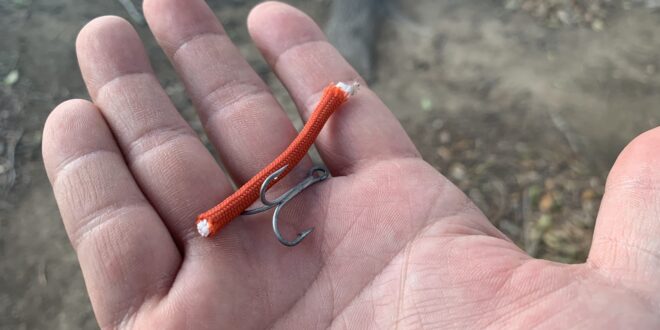Making your own fishing lures is a rewarding hobby that combines creativity with practical skill. By crafting lures at home, you not only save money but also gain a deeper understanding of what attracts fish.
This guide will show you how to create effective and personalized lures. You’ll learn about the tools, materials, and techniques needed to make lures that are as good, if not better, than those bought in stores. Whether you’re a seasoned angler or a beginner, this journey into lure making promises to enhance your fishing experience.
Basic Tools and Materials
To start, you’ll need some basic angling equipment, including pliers, super glue, a small saw, paint, and brushes. For materials, you’ll need hooks, lure bodies, beads, and wire. You can find these at local fishing stores or online. Websites like Amazon or specialized fishing sites offer a wide range of supplies.
Start with a basic kit; as your skills grow, you can expand your toolbox. Remember, the quality of your tools and materials can significantly impact the final product, so choose wisely.
Selecting the Right Hooks
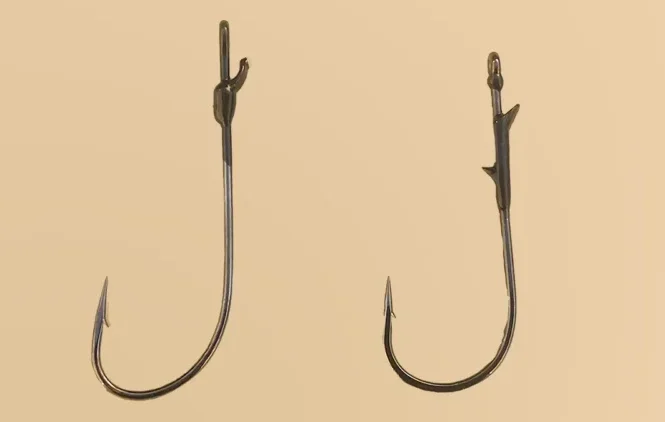
Choosing the right hook is crucial. The hook type depends on the fish you’re targeting. For instance, larger hooks are suited for bigger fish like pike, while smaller hooks are ideal for trout. The hook’s shape also matters.
J-hooks are common, but circle hooks can be better for catch-and-release since they’re less likely to harm the fish. Local fishing stores can offer advice based on your region’s fish species. Remember, the hook is your connection to the fish, so never compromise on quality.
Choosing the Right Lure Bodies
The body of your lure is what mimics the fish’s natural prey. The shape, size, and material should match what the fish in your area eat. Soft plastic bodies are versatile and work for various fish types. If targeting bass, a minnow-like body is a good choice.
For trout, consider insect-like bodies. Experiment with different shapes and sizes to see what works best in your local waters. Remember, the more realistic your lure body, the more likely you are to attract fish.
Painting and Color Selection
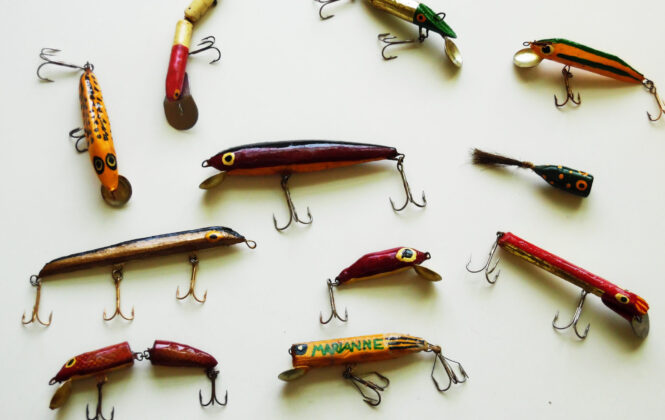
Color and painting are where you can get creative. Fish are attracted to different colors based on the water conditions. Bright colors work well in murky water, while more natural tones are better in clear water.
Experiment with patterns that mimic local prey fish. Stripes, spots, and other markings can make your lure more appealing. Use water-resistant paints and finish with a clear coat for durability. This step is not just about aesthetics; it’s about creating a lure that will catch the eye of your target fish.
Adding Attractive Features
Features like eyes, scales, and feathers can make your lure irresistible to fish. Eyes are particularly important, as many fish target the eyes when attacking prey. Stick-on eyes or 3D eyes are available in fishing stores.
Adding scales can be done with a mesh overlay before painting. Feathers and soft materials can be used for the tail to mimic movement. These details can be the difference between a good lure and a great one. Remember, the goal is to mimic natural prey as closely as possible.
Assembling Your Lure
Now, it’s time to assemble your lure. Start by attaching the hook to the body. If your lure has multiple parts, like a spinnerbait, connect them using wire or split rings. Ensure everything is secure; a lost lure is no good to anyone. Next, add any additional features like beads or spinners.
These can add extra movement and sound, making the lure more attractive. Follow a step-by-step approach, and don’t rush. Patience here can lead to a more effective lure.
Testing Your Lure
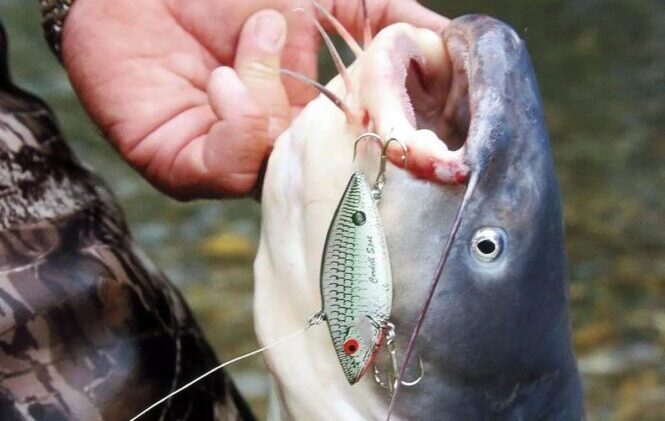
Before you take your lure to the water, test it in a controlled environment. A pool or a clear pond can be great for this. Observe the lure’s movement in the water—its swimming action, buoyancy, and response to currents. Does it mimic a live fish? Adjust the weight or balance if necessary.
Testing in different water conditions, like varying depths and flow rates, allows you to refine your lure and increase its effectiveness. Take detailed notes on what works and what doesn’t, including any specific reactions from test fish if possible. This process is crucial for understanding how your lure performs in real-world scenarios and making the necessary improvements to optimize its appeal to fish.
Safety Precautions
Safety is paramount when making lures. You’re handling sharp hooks and tools, requiring constant vigilance. Always wear protective gloves and safety eyewear, particularly during cutting or drilling processes. An organized workspace prevents accidents and ensures efficiency.
Securely store tools and hooks after use to avoid inadvertent injuries. Remember, a few extra seconds spent on safety protocols are invaluable. It’s crucial to prioritize safety for yourself and others in your vicinity. This attention to safety extends to the environment as well; responsibly dispose of any lure-making waste to protect wildlife and natural habitats.
Storing and Maintaining Lures
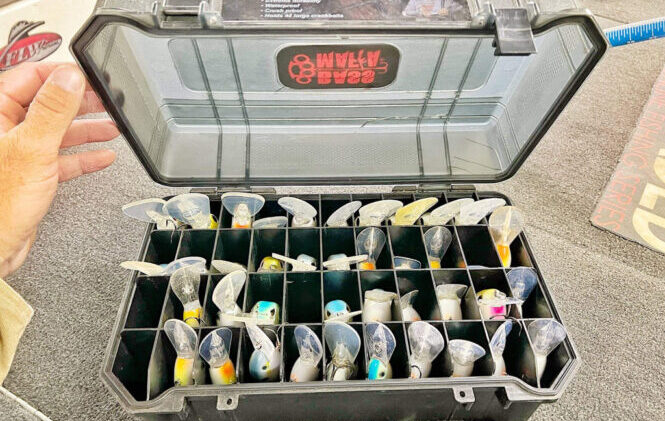
Proper storage and maintenance significantly extend the life of your homemade lures. Store them in a cool, dry place away from direct sunlight to prevent material degradation. A tackle box with individual compartments is ideal, protecting each lure from damage and entanglement.
After each fishing trip, clean your lures with fresh water and thoroughly dry them to prevent rust and corrosion. Regularly inspect for damage, such as bent hooks or chipped paint, and make repairs as necessary. This diligent care ensures your handmade lures remain effective and visually appealing for many fishing adventures.
Conclusion
Making your own fishing lures is a fulfilling and practical hobby. It allows you to tailor your bait to specific fish and waters, potentially increasing your success rate. This guide has walked you through the essentials, from selecting materials to testing your finished product.
Now, it’s your turn to put these tips into practice. Get creative, experiment, and most importantly, have fun. The satisfaction of catching a fish on a lure you made yourself is unparalleled. Happy fishing!
 Imagup General Magazine 2024
Imagup General Magazine 2024
